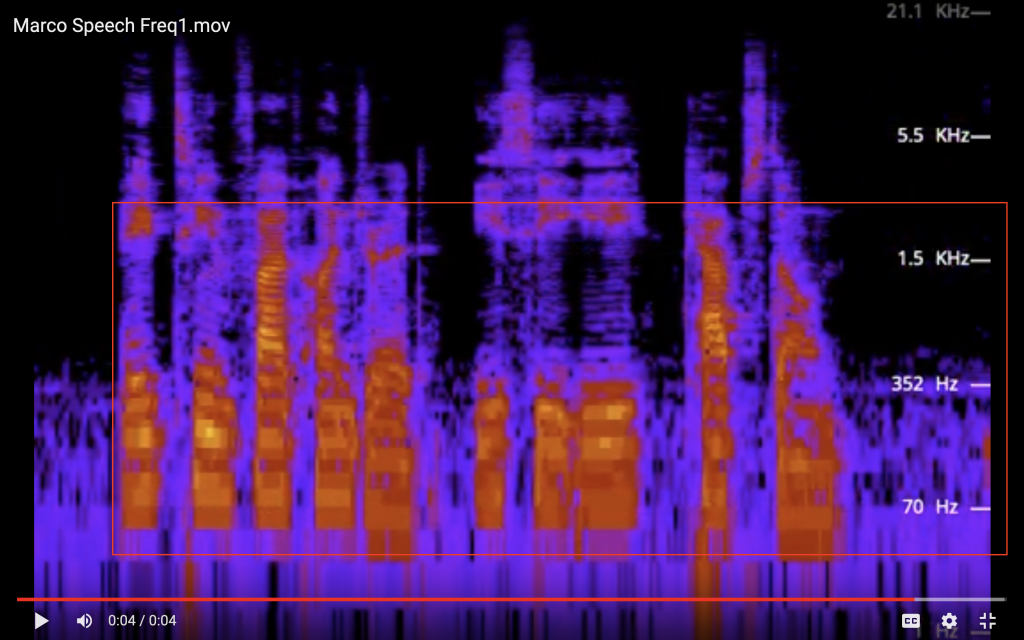This week finished preparing our Gantt chart, which after the feedback we received from our proposal presentation, was refactored include less work within the first 2 weeks of development. John went out to the piano rooms in the Hall of Arts to gather measurements on the piano we’re planning to work on. Below are some sample images of the measurements he took.
The team met on Friday to discuss the feedback from our presentation. One of the questions in our feedback asked, “Why are you interested in using all 88 keys if you’re replicating speech?”. This was an interesting question, initially we had assumed we’d need all 88 keys. However, Angela and John noticed that if you look at the Mark Rober video we presented in class, the leftmost 1/4 of the keys on the piano aren’t being played! In order to play music on the piano, yes we might need all 88 keys, but as it turns out, adult speech has a much smaller frequency range.

The voiced speech of a typical adult male will have a fundamental frequency from 85 to 155 Hz, and that of a typical adult female from 165 to 255 Hz [1]. From the recording of Marco’s voice, we can also see that the frequencies that make up his voice might also lie in a much smaller range than that of the 88 keys covered by a piano. So, the original question was “Do we need all 88 keys”, the answer might be no! That is exciting because it means we may be able to look into smaller keyboards (which are also cheaper!).
This question will be investigated and hopefully answered by the end of this following week.
References:
1. Baken, R. J. (2000). Clinical Measurement of Speech and Voice, 2nd Edition. London: Taylor and Francis Ltd. (pp. 177), ISBN 1-5659-3869-0.
